So what’s up with all this talk about tips and sink tips and polyleaders and so on? Well, it can be complicated but we can work through it. Let’s first start by going over the major difference between a tip and a poly/versileader.
Polyleaders and Versileaders are both words coined by their respective manufacturers. Polyleader – Airflo. Versileader – Rio. Ok, think of these as taking the place of a conventional, mono leader however unlike conventional leaders there is actually a polymer coating that surrounds the inner, mono core. These leaders come in various densities, lengths, strengths and sink rates. Just like your mono leaders, they loop onto the end of your fly line and they are tapered so as to eliminate “hinging” and encourage smooth turnover. They have more overall mass – starting thick at the loop and tapering down to just the mono core at the fly end. So think of these as a leader – A leader that attaches to your fly line the same way a conventional leader would.
A tip on the other hand, is an extension, or meant to be a part of your fly line that is either fused or looped onto the fly line. Some fly lines are constructed to perform with the addition of a tip. A good example of this is the Rio VersiTip II Fly Line for single hand rods. This particular fly line comes complete with a range of interchangeable tips that match your needs for the situation. Lines that are built to cast tips are very versatile because you may fish it as a floating line or at different depths in the water column.
Tips are very popular with spey fishing. Spey heads, such as Skagit style lines are meant to turnover tips of all sizes – even extremely dense or aggressive sink-tips. These short spey lines need a tip to cast/fish effectively – whether it’s a floating tip or a sink-tip. Examples of these are the Airflo Skagit Compact, the Rio Skagit Max and Skagit Max Short or SA Skagit Extreme. For those who prefer to fish longer spey heads there is the Rio Unispey VersiTip Line that comes with interchangeable tips in the mid-spey category (52+ feet). Keep in mind that Skagit lines as well as longer spey lines that are built for integrated tips all perform well at casting high density tips but other lines cannot handle heavy tips and this is where poly/versileaders come into play.
Single-hand lines… Most floating single-hand lines are not built to handle a looped on tip. The lines simply aren’t tapered for this addition. A short or light tip may be manageable, but for the most part, if one wants to add a sinking option to the line, a poly/versileader is a better choice here. They are much lighter and tapered, making them easier to cast on these setups. Typically, the shorter a given fly line, then the easier it is to cast an added tip or polyleader. Extreme weight forward fly lines between 20-40 ft will cast a looped-on tip much better than longer headed lines. Rio Grand, Rio Outbound Series including the new Rio Outbound Short Shooting Head and the Airflo 40 Plus are examples of shooting head style lines that can handle added polyleaders or short tips.
Sink Tips
 |
| Rio Individual Sink Tips |
Rio Sink Tips 10 Foot Intermediate –> Type 6 Densities
Rio Sink Tips 15 Foot Intermediate -> Type 8 Densities
Rio Sink Tips Kit 15 Foot Intermediate -> Type 8 Densities (4 total tips)
Then people started cutting their own tips out of straight Tungsten material. This stuff is dense and sinks quite quickly depending on the grain weight. This tip material is not tapered and it is denoted by T-#. So T-8 means “Tungsten at 8 grains/foot”. Grains measure the weight. There are many different sink rates from T-7 all the way up to T-20. T-20 drops like a marble in the water column, but the higher the number, the more difficult it can be to cast. Here is a list of sink rates:
T-7 => 6 inches/sec, T-8 => 6.5 inches/sec, T-10 => 7 inches/sec, T-11 => 7.5 inches/sec T-14=> 8.5 inches/sec, T-16=> 9.5 inches/sec, T-17=> 10 inches/sec, T-18=> 11.5 inches/sec
For anglers who wish to get deep, full-on Tungsten tips are tough to beat. They sink far more aggressively than a poly/versileader that boasts the same sink rate. This is because of the taper on the poly/versileaders (The loop end actually sinks faster than the fly end on these leaders).
There are many different lengths and weights available. They are sold individually or in longer lengths, like 30 or 20 feet, which can be cut down into various sections. In these longer coil packs, a welded color-coded loop is provided on both ends for an easy loop to loop connection with the fly line. But anglers will need to tie a sturdy butt section to the fly end of the tip with either an Albright or Nail Knot.
Sink tips are also sold individually:
 |
| Rio 30 Ft Coil Tip Pac |
Rio 30 Ft T-8, T-11, T-14, T-17, T-20 Sink Tip Packs
Airflo 20 Ft T-10, T-16 Custom Cut Sink Tip Packs
 |
| Airflo Single Sink Tips |
Airflo Custom Cut Singles T-7 -> T-18 Densities
MOW TIPS – Sold individually or as a set:
Rio’s latest answer to individual Tungsten Sink Tips are their relatively new MOW tips.
| Rio Mow Tips |
They come in 4 separate weights: Light, Medium, Heavy and Extra Heavy. The Light = T-8. The Medium = T-11. The Heavy = T-14. The Extra Heavy = T-17. For each of the 4 weights there is a floater tip, and 2 full sink tips (One 10 foot and another 12.5 foot full sink tip). All tips have color-coded loops at both ends. But what makes these really novel are the other tip options between the floater and the full sink options. There are 3 other tip options for each weight class. What makes these other 3 special? Well, they are two part – meaning that they are made up of both a sinking portion and a floating portion of line. The overall tip remains a constant at 10 feet, but the sinking portion changes. There is a 2.5 ft float/7.5ft sink, a 5ft float/5ft sink, and a 7.5ft float/2.5ft sink. So you actually change the rate of sink without altering the overall length of the tip! This is extremely beneficial to spey anglers because staying constant with the length of line really aids the spey cast. For years, many of us made our own tips trying to integrate short sink sections with other floating cuts of line. But no more. Now we have smooth, fused technology with these Rio Tips. Why would you want to cast say a Rio Mow Heavy 5ft Float/5ft sink Tip?
 |
| Rio Mow Tip Kit |
Well short lengths of aggressive sink tips help you get that fly in behind structure like boulders without worrying about hooking the rock with the rest of your tip. Essentially the floating portion rides high and the last half of the tip drops down – which is great for fishing tricky structure. However, it all depends on the water you are fishing. If I were swinging a more conventional run without much structure, I would rather lighten up by dropping in weight size instead of length. So if I had T-14 on in this scenario but it was a little heavy, I would rather drop to T-11 or T-8 at a length say between 10 – 12.5 feet. If you can get away with fishing a longer tip, do it because they serve as a better connection to the fly (rather than fishing a shorter section of heavy tip material).
[The Cutting Edge: Evolution of the New Rio IMow Tips – Product Guide]
A note about sink tip lengths and weights
Tip densities will certainly influence how a given rod will cast. Just like the weight of the actual fly line, the tip adds weight and length, which determines how a rod will load and shoot line. Even though a rod may be able to handle an aggressive tip, there are optimal tip windows for a given rod weight. For 6 wt spey rods and smaller, optimum casting will be with tips of T-8 and lower. Rods from 6-8 weights will be most enjoyable with T-10 – T-11. And 8 weights and above will cast best with T-14 and above. NOW, that said, this is the ideal, and this doesn’t necessarily apply if you are an adept spey caster. Also, it really depends on the action of the spey rod. Fast rods will be able to handle heavier tips. Long rods (14 ft and above) will be happy with longer and perhaps, heavier tips. But to put this in perspective, even short rods, like a 7 wt, 11 foot switch rod can handle 10 feet of T-14. Short switch lines like the Airflo Skagit Switch or the Rio Skagit Max Short are short, yet thick lines that can turn over a lot of weight. Where this is of most concern however, is when you are trying to buy a floating tip for your Skagit line. The Rio Mow Tips have the best floater tips and obey the rule when looking for the right one… Get the Mow Light Floater for 5 and 6 weights; the Mow Medium for 7 weights and the Mow Heavy for 8 weights and above. For switch rods get the light floater for 5-6 weights and the Medium Floater for 7 – 8 weights.
Furthermore, most spey anglers have come to find that a tip length between 10 – 13 feet casts best on spey rods between 12-13 ½ feet. If you can stay fairly consistent in your tip length, then your casting will remain more consistent. From here, think about longer tips for longer rods and shorter tips for shorter rods. That part is all physics as a longer rod will pick up more line and vice versa.
For people using single hand rods with fly lines that were not manufactured for sink-tip integration, the shorter the tip the better. Even a short section of say T-14 will be a bear to cast. Short sections of T-7 or T-8 would be a better bet for casting’s sake. But then again, it comes down to angler ability, rod size and action, as well as the type of fly line. But most people will find that polyleaders will cast much better in this scenario.
Polyleaders, Versileaders
Why polyleaders? Most single hand lines will cast polyleaders with far less effort than a traditional, un-tapered, heavier sink tip. And since there is a poly coating around the core, and hence more mass at the top of the leader, there is a smoother transfer of energy from fly line down the taper to the fly. One could also argue that they are easier to cast at short distances – more mass means easier rod loading. Furthermore, the additional weight of the leader means that it will maintain its momentum better on the forward stroke. So for punching line into the wind, polyleaders are a great way to go. Keep in mind, however, that these aren’t great for soft presentations; so intricate dry fly work is perhaps best left to traditional mono leaders. But, if you are pounding banks with say, large, foamy dries, then trout-gauge polys will help you zip them out there. Now the sinking options really help for swinging emerging soft hackle patterns or throwing streamers. Sinking polys will aid the cast and help you get just a bit deeper and can be used in place of split shot which is always nice (although split will sink much quicker). Nymphing anglers should use traditional mono leaders or, better yet, Fluorocarbon.
Polyleaders have become incredibly useful to steelhead anglers. For swinging flies across current lines, for both single hand casters and spey casters, polyleaders really aid the cast as well as the presentation. They help overhead casters shoot more line and cut the wind but they also roll cast quite well. And for those needing to add some depth to the drift, sinking polys can get you there without adding disjointed gobs of weight.
For those spey anglers casting Scandi style lines, these poly/versileaders are a necessity. Scandi lines are relatively short spey lines that are meant for swinging flies on or close to the surface of the water. The Airflo Scandi Compact, Rio Scandi Heads and Rio Scandi Short VersiTip lines are examples of these. For their length, they have a pretty long front taper (for softer presentations) which tends to inhibit a strong energy transfer to a light traditional leader. More mass is needed at the leader end to keep the momentum going and enhance a straight lay down on the river. When talking about the spey cast, these leaders also provide more stick to the anchor during the stroke, so that tension is better stored and utilized by the fly rod. Traditional mono is much lighter and has a smaller surface area which means that people often “pull their anchors” during the cast. Essentially, polyleaders provide more stick, which water loaded casts such as roll and spey cast definitely need. Casting Scandi heads can be troublesome for people if they have been spending time casting Mid – Long Belly Lines (55 – 70+ feet) because they have gotten used to large, broad strokes. If they maintain this stroke with shorter Scandi lines then they will usually “pull their anchor”. Also, people who shift over from Skagit Heads to Scandi lines can suffer a similar fate. Heavy tips used with Skagit lines provide far more stick and people get used to this. So adding a polyleader to the end of your Scandi head will help to broaden your anchor and keep tension stored on the forward stroke. For rods ranging in size from 12-13 ½ feet think about a 10 foot poly/versileader. 10 – 11 ½ foot rods – a five foot poly/versileader. And for rods 13 ½ feet and above, go with a fifteen footer. However, take this sizing with a grain of salt because everyone’s stroke is different. If you are having trouble holding your anchor, then go longer. If your anchor is too long (not picking up enough line on the cast) go with a shorter poly/versileader.
*The new Airflo Rage Compact that combines the softer presentation of a scandi line with the powerful puch of a skagit line, also casts best with poly/versileaders. Add a 10 foot in any density and hold on!
Using a sinking poly/versileader will give you some depth, but typically not a lot (nowhere near the depth that a sink tip can provide). But sometimes, it is just enough. However, a great advantage of using a sinking poly is that they really help to cut the wind on the cast. In general, Scandi heads don’t really like wind, so if starts blowing, loop on a sinking poly. Even with sinking polys, you can still fish your fly close to the surface or maintain good speed on the swing if you are casting downstream and not mending a lot. For skating flies across the river’s surface, a floating poly is best, but they will usually still skate even when using an intermediate poly.
Scandi heads, for the most part, will cast all poly/versileader densities. If one is a good caster, they will also handle lengths of T-8 or a very short chunk of T-11. But casting these setups is way better with polyleaders. For those who primarily stick to Skagit lines there is also the option to fish a floating tip. This is an easy way to go: Throw a sink tip during mid-day and then put a floating tip on when shade comes back to the water in the evening. The BEST floating tips are the Rio Mow Tips (floater) matched to the grain weight of your Skagit head (eg: Light, Medium, Heavy). However, you will want to attach a 10 foot floating Poly/versileader, as they really help the fly turnover. In fact, just leave your polyleader attached to the dry tip, so it is always there and ready to go.
 |
| Rio Spey Versileader |
Rio Spey 10 foot Versileader
Rio Spey 15 foot Versileader
Rio Spey Versileader Kit with Wallet
 |
| Airflo Polyleaders |
Airflo 5 foot Salmon/Steelhead Polyleader
Airflo 10 foot Salmon/Steelhead Polyleader
Airflo 14 foot Salmon/Steelhead Polyleader
Another note about fishing tips with Skagit Lines: Skagit lines fish far better with sink-tips as opposed to poly/versileaders. This has to do with the thickness of the Skagit lines versus the polyleaders. Essentially, this connection is too abrupt (from thick to thin). Sink tips that are thicker will better transfer the energy to the fly for Skagit setups.
Between 3-5 feet of tippet should be added to sink tip or poly/versileader before attaching a fly. These connections can be joined by a loop to loop connection. They come with perfection loops to attach tippet, however if people would like a more seamless connection, the loop can be clipped off and either 20lb or 15 lb tippet can be blood-knotted to the mono core. Leave it long enough to add additional lengths of 10-12lb tippet to the fly.
I find that affixing a sturdy butt section of either 30-40 lb Maxima to the end of a sink-tip works quite well. Tie a non-slip mono loop at the butt section’s end so that a length of 10-12 Maxima can be joined when needed.
For average summer steelhead work, tips of T-8 thru T-14 in lengths between 10-12 ½ feet are pretty typical. For winter work, when the need for depth and a slower fly speed is in order, it is mostly a T-14 and above show.
For easy, compact storage of your sink tips and poly/versileaders, Airflo or Rio Tip Wallets are pretty tough to beat. They fit in the waders…
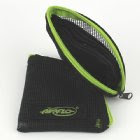 |
| Airflo Leader Wallet |
Airflo Leader Wallet
Leader wallets are handy for storing your sinking and floating tips.
Rio Shooting Head Wallet
The larger size works best for spey and shooting heads
Rio Tips Wallet
Same wallet that comes with all VersiTip Lines.

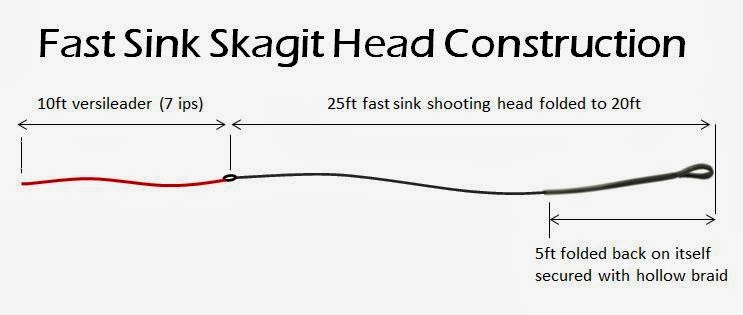
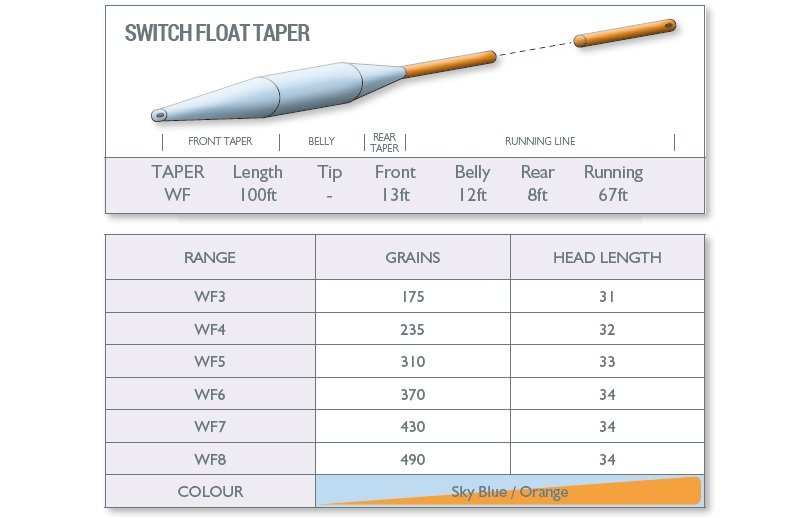
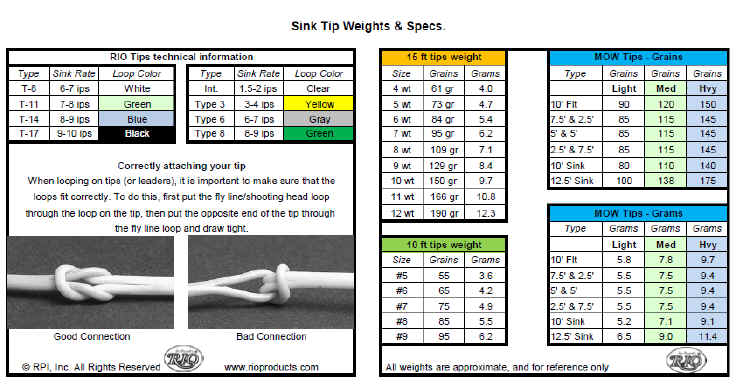
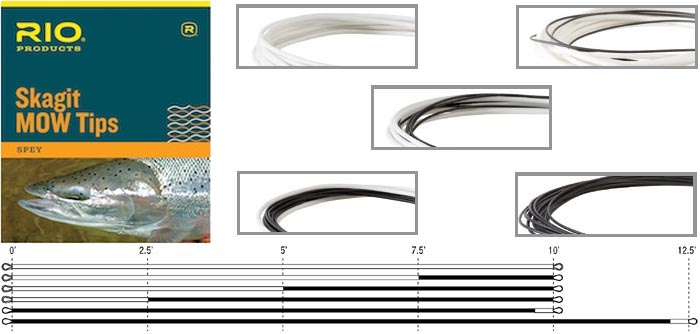
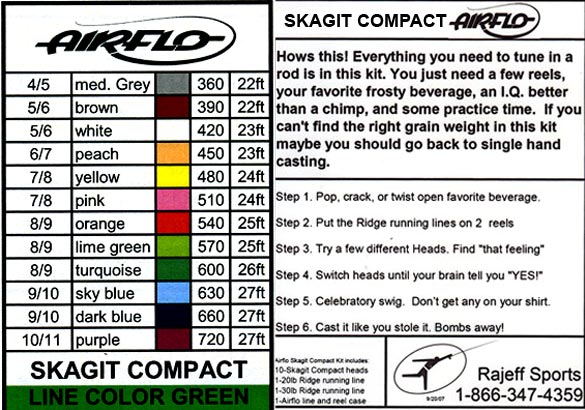
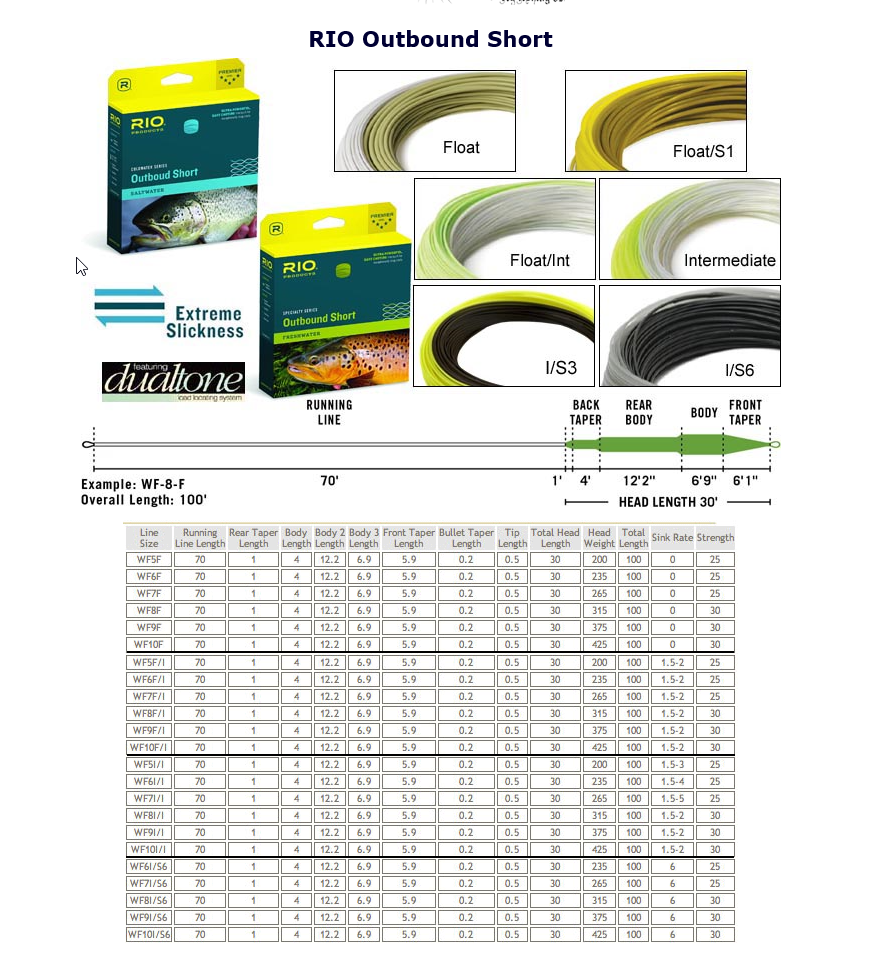
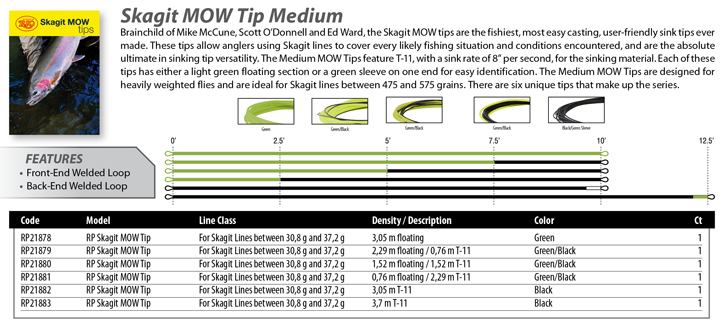
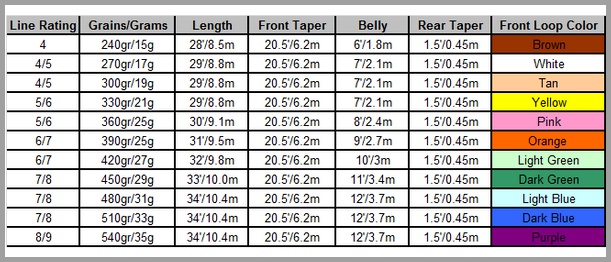
![Skagit%20Compact[590x251]](https://mengsyn.com/wp-content/uploads/2015/05/Skagit-Compact590x251.jpg)
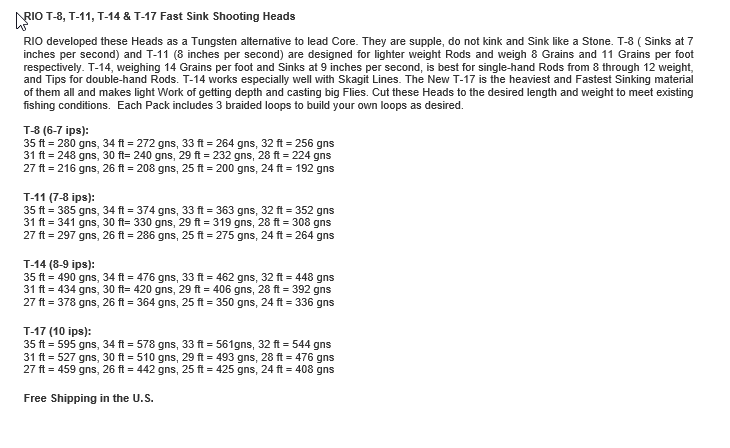

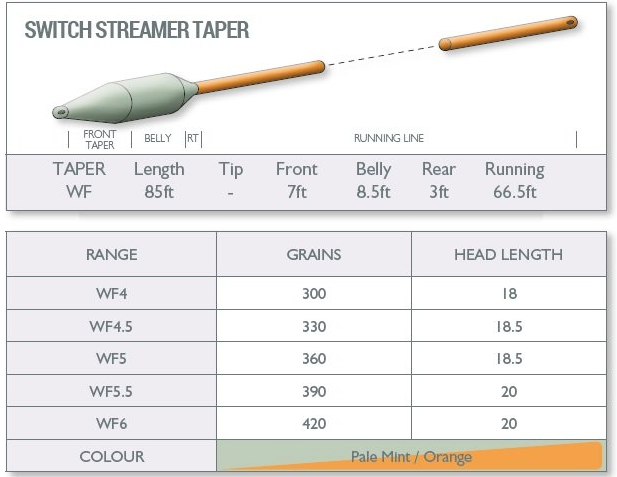
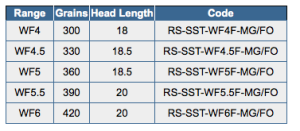




Hi Meng,
I just ran across an article on the internet where they talked about OPST Commando Skagit Line (Olimpic peninsula skagit tatics). They used it on a single handed rod although I think it was designed for a switch rod.I was wondering if you could use it for stripers at the forebay or big san louey. They have demo’s on it on YOU TUBE but they are using 3&4 wt.rods. I think the biggest single handed rod that you can buy a line for is a 6 or 7 wt. Also I was thinking that I could make my own line using a T11 or T14 line. I’m getting old so I can use all the help I can get. The casting looks super easy so that even a beginner can do it right off the bat. Any advice will be will be greatly appreciated.
Thanks
Loren